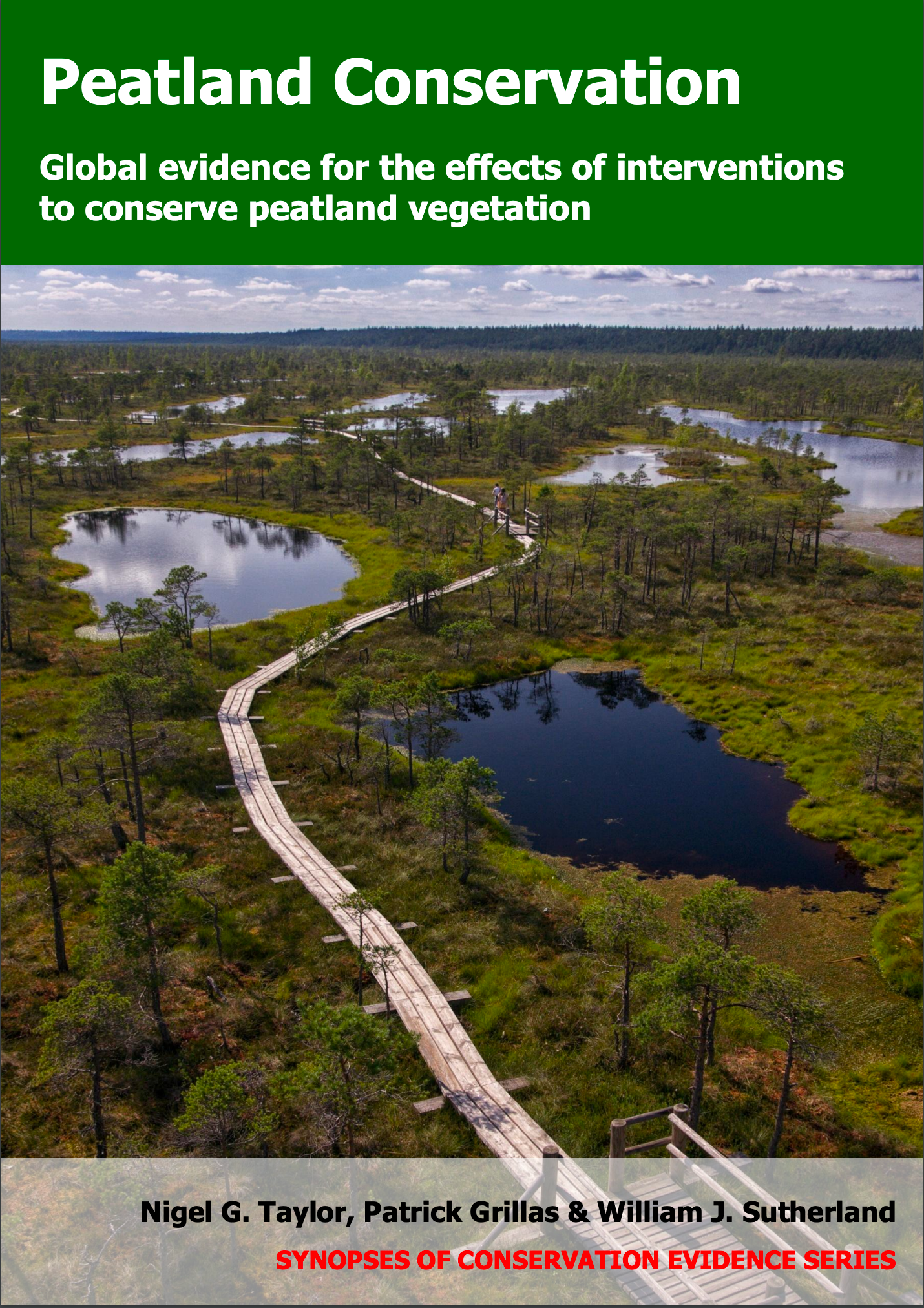Slow down input water to allow more time for pollutants to be removed
-
Overall effectiveness category Unknown effectiveness (limited evidence)
-
Number of studies: 1
View assessment score
Hide assessment score
How is the evidence assessed?
-
Effectiveness
50% -
Certainty
20% -
Harms
5%
Study locations
Supporting evidence from individual studies
A before-and-after study in 1984–2013 in a floating rich fen in the Netherlands (Kooijman et al. 2016) found that after rerouting input water on a longer path (along with other interventions to reduce pollution), moss cover changed to species characteristic of lower nutrient levels, whilst vascular plant biomass decreased. Four of seven moss species characteristic of low nutrient levels increased in cover (from 1–62% four years before ditch extension to 11–83% eleven years after). Meanwhile, six of seven moss species characteristic of high nutrient levels decreased in cover (from 7–78% to 1–32%). Vascular plant biomass decreased from 1,123 g/m2 eight years before ditch extension to 287 g/m2 ten years after. In 1992, water entering the fen was rerouted on a longer path to allow more time for nutrient removal. The study does not distinguish between the effects of this intervention and the long term effects of two other interventions carried out since the 1970s: use of water purification facilities and switching the water source from a nutrient-rich river to a nutrient-poor lake. In 1988 and 2013, cover of every moss species was recorded in a 25 x 200 m area. In 1984 and 2012, above-ground vascular plant biomass was collected, dried and weighed.
Study and other actions tested
Where has this evidence come from?
List of journals searched by synopsis
All the journals searched for all synopses
This Action forms part of the Action Synopsis:
Peatland Conservation
Peatland Conservation - Published 2018
Peatland Conservation





)_2023.JPG)














